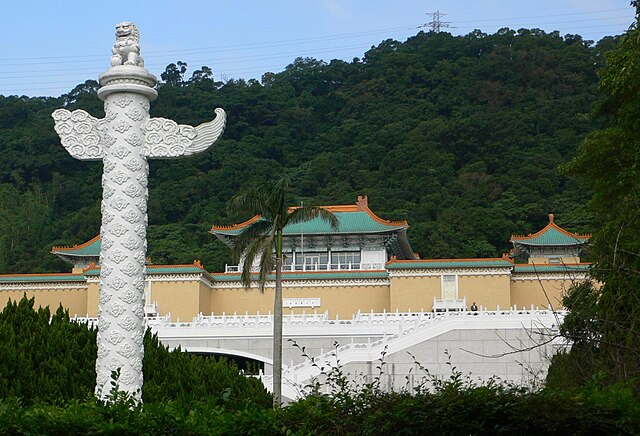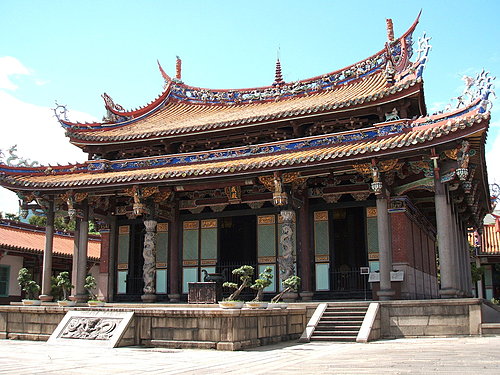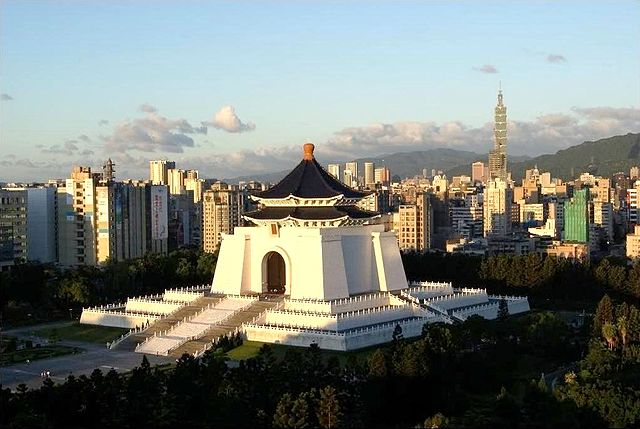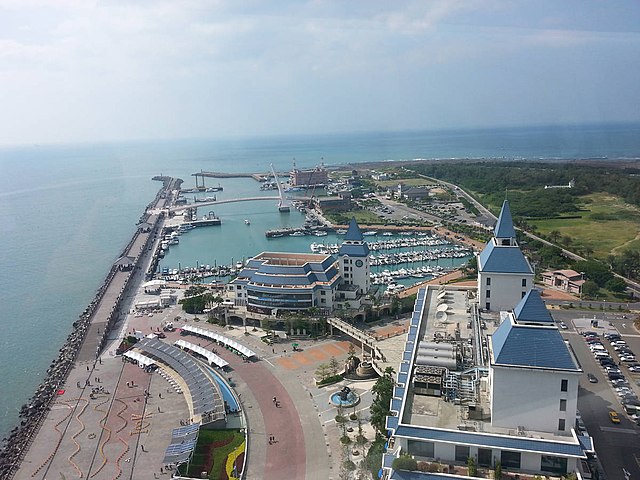The largest city in Taiwan, Taipei is situated at the north end of the island and sits in a basin surrounded by mountains gushing with hot springs. The flourishing metropolis is known for its street food night markets, and as a hub of innovative electronics. Regardless of the length of your stay, you will enjoy the city's diverse cultures and be pleasantly surprised by the friendliness of the locals.
Shilin District, Beitou District
The National Palace Museum has a permanent collection of nearly 700,000 pieces of ancient Chinese imperial artifacts and artworks, making it one of the largest of its type in the world. The collection encompasses 8,000 years of history of Chinese art from the Neolithic age to the modern. Most of the collection are high quality pieces collected by China's emperors.
The park is famous for its unique volcanic geology and topographical sights, with signs of volcanic activity like fumaroles and hot springs everywhere. It's easy to reach from downtown Taipei. Embrace nature and flower gardens with a picnic or leisurely hike up the rolling hillsides of Yangmingshan.
Beitou is one of the largest concentrations of hot springs and spas in the world. The resorts and spas are regarded by many locals and international tourists as among the most relaxing and rejuvenating places in Taiwan. The spas consist of different degree pools (from cool to very hot) and minerals.
Datong District, Zhongshan District, Zhongzheng District, Wanhua District
This temple is modeled after the original one in Qufu, China and is the only Confucius Temple in Taiwan with south Fujian-style adornments. At the main hall of the temple one can see a black plaque with gold lettering which was inscribed by Chiang Kai-shek that reads "Educate without Discrimination."
This national monument and landmark was erected in memory of Chiang Kai-Shek, former President of the ROC. The design of the Hall picks up the symbolism of the number eight, a number traditionally associated in Asia with abundance and good fortune. Two sets of white stairs, each with 89 steps to represent Chiang's age at the time of his death, lead to the main entrance.
This Baroque-style building is a symbol of the ROC Government and a famous historical landmark in downtown Taipei. The structure originally housed the Office of the Governor-General of Taiwan. Damaged in Allied bombing during World War II, the building was restored after the war.
This iconic Ximen building, or Red House Theater, is the gateway to one of Taipei's most hip nightlife areas, Ximending. It was built in 1908 and once served as Taiwan's first public market. Be sure to check out the trendy shops and try one of the beef noodle restaurants in the district.
Wenshan District, Tamsui District, Xinyi District, Songshan District
Having been a major fishing and trade port since the early 1800s, this sidetown is popular for viewing the sun setting into the Taiwan Strait. The suspension bridge brings you across to Fisherman's Wharf. The promenade stretches across the banks and is lined with restaurants, cafes and lovely stores.
The tower has served as an icon of modern Taiwan ever since its opening in 2004. The building was architecturally created as a symbol of the evolution of technology and Asian tradition. Ride a high-speed elevator to the 89th floor and enjoy the views from the indoor observatory deck. When the weather permits, ascend a few more floors and visit the outdoor decks on the 91st floor. Be sure to get there before dusk so you get to enjoy both day and night views!






























